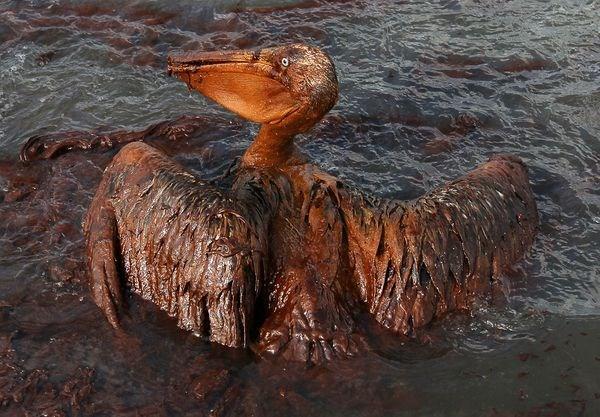
4 minute read
Zones
Ocean’s Most Productive Zones
by Evangelina Pena
Upwelling is a phenomenon which happens majorly in the western coasts of the continents of the world. This phenomenon relies on the external environmental forces such as Coriolis Effect, the wind and Ekman transport. As the name may imply, this phenomenon allows water that is deep in the ocean to come up to the surface. Upwelling water, which has been in the deep ocean for many years, is filled with nutrients since many of the microbes and phytoplankton that take advantage of them also need sunlight to survive. As the water comes to the surface, or upwells, this is what many organisms use as their resource for food. The ocean is in constant motion and has various large currents that are distinctly different that travel throughout different locations of the world bringing different nutrients and facilitating migration of the organisms that live in it. Upwelling zones only make up 5% of the world's oceans size wise, but these regions are where more than 90% of the world's fisheries get their fish from. Upwelling zones are the most productive zones in the ocean in terms of organisms that thrive in them because they have the most optimal conditions for many of them.
As climate change continues, upwelling zones are predicted to be negatively affected suggesting danger in the survivorship of organisms and world fisheries. Since the surface water is predicted to increase in temperature, there will be more stratification with the different bodies of water and less mixing. Less mixing denotes that there is not going to be a continuous flux of nutrients and it will decrease the ongoing replenishment of water that these organisms need. Like the terrestrial food web, the marine food web represents the same concept. If the smaller marine organisms such as microbes do not have the proper nutrition, the next trophic levels will be affected as well by the limited availability of food resources. The trophic levels will continue to be affected until they affect us and that is unfortunately when humans finally want to take a step to help our natural resources.
Numerous large fisheries’ stocks are already at their threshold or have collapsed. For the sake of the animals or for our own sake, we need to start acting proactively since we have already seeing catastrophic events with other species. If the upwelled zones, the ocean’s most productive zones, are affected as predicted we will need to take into consideration how this will affect us and how we can try to recover the world’s fisheries in the future. The ocean currents affect everything that is in the ocean and around the ocean such as weather patterns and transportation of many natural and introduced things. The fact that we are affecting one of the major players of Earth’s natural resources that is vastly unexplored and the consequences are unknown is a daunting thought that awaits to be revealed.
The Oil Spill Three Years Later by Simon Galperin

It took 87 days for BP Oil Company and its partners to seal the Macondo well, the oil well over where the Deepwater Horizon drilling platform exploded in the spring of 2010, killing 11 individuals. In the span of time of the cleanup, nearly 5 million barrels of oil were released into the Gulf of Mexico. For reference, if a container the volume of Yankee’s Stadium, from the pitcher’s mound to the top row, were filled with that oil, it would still not be enough to contain it. Estimates in August of 2010 saw more than 7,000 animals dead or injured as a direct consequence of the spill. That year, 40 percent of the Gulf’s waters were closed by the federal government to commercial and recreational fishing, a $3 billion industry that is the economic backbone of the region. In the nearly three has spent $24 billion on those affected by the spill, Times. The company also es, paying over $4 billion years that have passed BP cleanup and payments to according to the New York pled guilty to criminal chargin fines and penalties.
Despite these dollars in payouts from uals, oil from the spill still States. Some of the oil mats between Alabama’s gulf. Inclement weather, thunderstorms, churns make their way to the
years of effort and billions of BP to businesses and individmars the shores of Gulf comes from submerged tar beaches and sand bars in the ranging from hurricanes to those deposits and they state’s shores. Oil trapped in the marshes of Louisiana was stirred up by 2012’s Hurricane Isaac and cause what one expert interviewed on NPR called “re-oiling.” Though he also notes that it was nowhere near the levels of the 2010 spill. At its height in July of 2010, over 300 miles of Louisiana shoreline was considered oiled. State officials estimated that at least 200 miles of shoreline was still oiled last year including on the state’s barrier islands and wetlands. This status quo is the backdrop to the civil trial currently being held against BP. The plaintiffs, or the ones seeking compensation for damages, are the federal government, five Gulf Coast states, and a group representing several thousand individual who, unlike others, did not to settle out of court. BP will have to pay up to $16 billion if it is found guilty of the worst charges levied against it. If so, the total cost to the company would amount to $40 billion dollars or four times the operating budget of the EPA.











